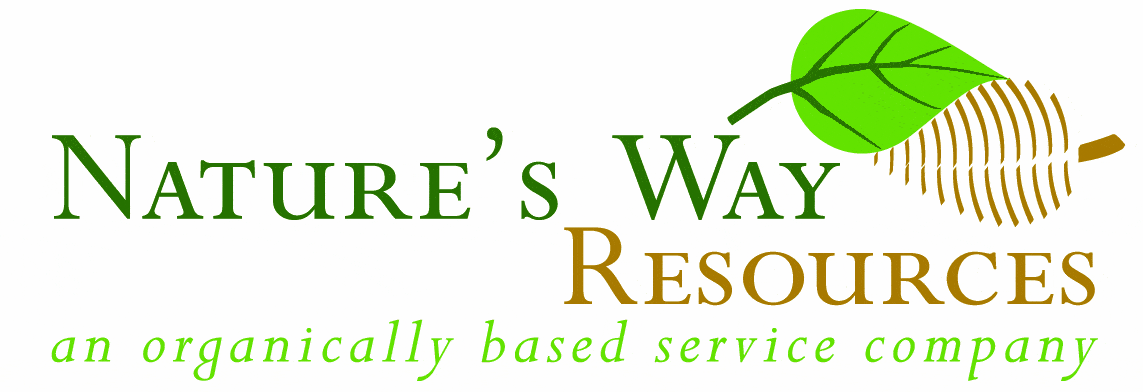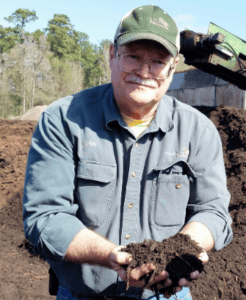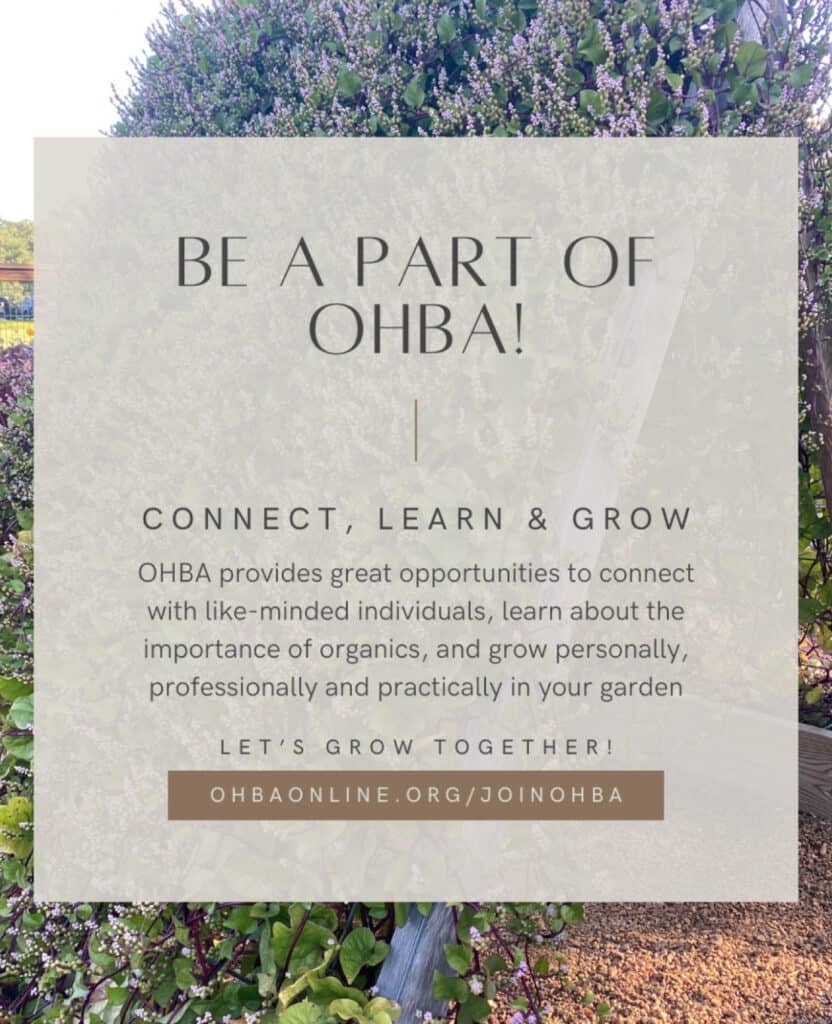 Nature’s Way Resources is proud to produce & email you this free weekly newsletter. We have no ads, but sponsors do graciously help support this project as a public service. Please note their names below & show your gratitude for this free service by patronizing their businesses! To become a sponsor, call (936) 273-1200
Nature’s Way Resources is proud to produce & email you this free weekly newsletter. We have no ads, but sponsors do graciously help support this project as a public service. Please note their names below & show your gratitude for this free service by patronizing their businesses! To become a sponsor, call (936) 273-1200
Nature’s Way Resources owner John Ferguson, “The Lazy Gardener” Brenda Beust Smith and Pablo Hernandez welcome your feedback and are so grateful to the many horticulturists who contribute their expertise
Click here to join our email list
CLICK HERE for PDFs OF PAST LG&F NEWSLETTERS

Plant now: l to r: roses, hyacinths& tulips and trawberries. Plant soon: artichokes
NEW MOON AT WORK — MILD WINTER OUTLOOK
GOOD NEWS FOR PLANTS
BY BRENDA BEUST SMITH
WE’LL HAVE A NEW MOON Friday, Dec 19, (5:43am if you like dark sky in possible rain). Since ancient times, a new moon has triggered a prime time to plant seeds, particularly those for leafy greens and season-appropriate above-ground crops. Why?
- The moon’s gravitational pull is strongest at the new moon, drawing water closer to the surface, making germination easier for seeds (especially leafy greens like lettuce, spinach, cabbage, and broccoli).
- The new moon phase is considered a good time to sow seeds for crops that prioritize above-ground growth in the initial stages.
- While ancient gardeners’ success/failure history led them to be firm believers in planting by the moon, it’s still good idea to check against resources like Greater Houston-oriented Urban Harvest’s Guides and your local Extension Office and (hopefully) the on-site Master Gardener Demonstration garden!
- Our starting times may differ greatly from, say, the Texas cities of El Paso, Texhoma or Brownsville!
NORTHERN FELLOW GARDENERS are probably at end of best wildflower seed tossing. But not us! A little cold isn’t bad. In fact, it might be good for wildflower seed. Hard to totally predict.
I follow my sister Judy’s plan (although she was doing it in Philly at the time). When rain is forecast, I buy lots of seed to throw in bare spots. That’s how my guru, Mother Nature, does it. Sometimes it works and spring/summer blooms are pure delight. Sometimes not. Worth the gamble!
Below are flowers to SOW/PLANT now for those that bloom for you in February & March. Forecasters predict a ‘mild’ winter for us. Bet you have as much faith in that as I do! These below were recommended by LOCAL experts. Especially note the “Sun” and “Shade” positioning! (from Lazy Gardener Guide*)

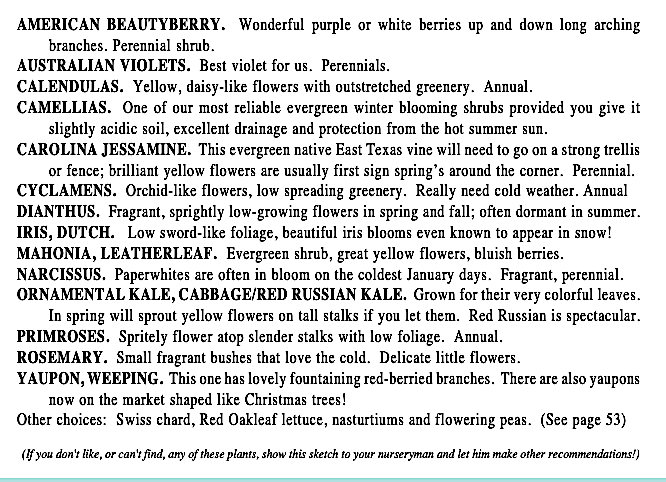
*Lazy Gardener’s Guide” PDF version free at lazygardenerbrenda@gmail.com
 “In the past, we have asked one thing of our gardens: that they be pretty. Now they have to support life, sequester carbon, feed pollinators and manage water.”
“In the past, we have asked one thing of our gardens: that they be pretty. Now they have to support life, sequester carbon, feed pollinators and manage water.”
— DOUG TALLAMY, co-founder
HOMEGROWN NATIONAL PARK
- NEED CHRISTMAS GIFT TO ENCOURAGE YOUNG GARDENERS? Readers of this newsletter should be very familiar with DOUG TALLAMY and Homegrown National Park, now boasting 30,000+ members nationwide. (If you’re not familiar with this, please click on above link and JOIN!) This is to let you know Doug has now released a spinoff of his already-published “NATURE’S BEST HOPE,” (above) a same-name “children’s version” of this ‘bible’ for planting for goals listed above. Available on the Homegrown National Park website.
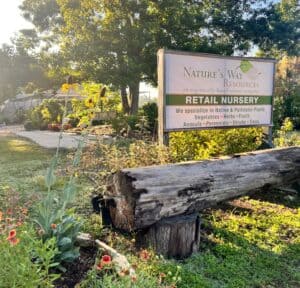 ATTN. GARDEN/PLANT GROUPS — In wake of Hurricane Beryl, Nature’s Way Resources offers free guided tours of NWR’s extensive nursery/soil/mulch facilities for garden clubs, plant societies and other plant-oriented, organized groups. As usual, NWR’s now-expanded meeting site is free to above groups. Reservations a must for both.
ATTN. GARDEN/PLANT GROUPS — In wake of Hurricane Beryl, Nature’s Way Resources offers free guided tours of NWR’s extensive nursery/soil/mulch facilities for garden clubs, plant societies and other plant-oriented, organized groups. As usual, NWR’s now-expanded meeting site is free to above groups. Reservations a must for both.
“LAZY GARDENER’S GUIDE” (PDF format) is emaild free. Request: lazygardenbrenda@gmail.com
Brenda Beust Smith’s column is based on her 40+ years as the Houston Chronicle’s “Lazy Gardener” column — lazygardenerbrenda@gmail.com Brenda’s column focuses ONLY on the Greater Houston Area
John’s Corner
NEWS FROM THE WONDERFUL WORLD
OF SOIL AND PLANTS # 310
Subject: Molybdenum
New research on the importance of trace and micronutrients to our health continues to be found regularly. Since the series on minerals and what they do a few years ago, here is an updated file on the importance of molybdenum.
42) Molybdenum (Mo) – This little-known trace element is essential to nearly every life form on Earth. The amount that is in our food is directly related to how much is in the soil in which the plants grow.
Molybdenum is a lustrous silvery metal that is soft when pure. It occurs in nature at the +6 or +2 electrical or oxidation state. It occurs in igneous rocks at 1.5 ppm, shale at 2.6 ppm, sandstone at 0.02 ppm, limestone at 0.4 ppm, and very little in fresh or seawater. In soils, it averages 2 ppm where it is strongly concentrated by humus. Marine plants have 0.45 ppm, land plants have 0.9 ppm, marine animals from 0.6-2.5 ppm, and land animals at 0.2 ppm.
Molybdenum is different from many other nutrients as its solubility (availability) decreases as the pH becomes lower or more acidic. It is more available in alkaline soils hence its availability to plants and microbes is very sensitive to pH, oxygen, and drainage issues.
When molybdenum is added to steel, it produces an alloy that can be used to make tools from drills to armor for military tanks. Tooth enamel contains high amounts of molybdenum that suggests it helps prevent tooth decay (makes them harder?).
If combined with sulfur (S) it forms a lubricant that can withstand very high temperatures. Molybdenum is used in many types of electronic products and in automobile to aircraft parts.
Small amounts of molybdenum are essential for all life, but the function and requirements are not fully understood by scientists. Over 50 enzymes require molybdenum to work properly where it functions as a co-factor, a few of these are:
- Sulfite oxidase – helps build proteins
- Xanthine oxidase – multiple functions
- Aldehyde oxidase – helps metabolize drugs and toxins
- Mitochondrial amidoxime – helps body remove toxic substances
It is also used as a catalyst for enzymes that breakdown fats, carbohydrates and certain amino acids.
A deficiency of molybdenum can lead to headaches, rapid heartbeat, mental health issues, and even coma, problems with uric acid production, and decreased metabolism of sulfur containing amino acids.
In areas where there is low molybdenum in the soils (and hence the foods), the lack of molybdenum has been associated with cancer of the esophagus and stomach (10X higher rates). The Linus Pauling Institute has found that sufficient molybdenum helps in the treatment of certain forms of cancer. Low molybdenum results in decreased metabolism of sulfur containing amino acids and is associated with problems in uric acid production in our bodies.
When molybdenum is present in the soil it prevents the production of cancer-causing agents known as nitrosamines in plant foods. In animal studies, it prevents pulmonary and liver fibrosis and reduces damage to liver from acetaminophen and reduces heart from antibiotics like tetra-thiomolybdate.
Though rare, too much molybdenum in our system (mammals) can cause a copper (Cu) deficiency known as molybdenosis, while low molybdenum intake can cause copper toxicity. These effects vary with species, breed, and sex. There is also a molybdenum-sulfur relationship although not as strong.
Molybdenum is required by the Mitochondrial amidoxime-reducing component (mARC) that increases the removal rate of certain toxic substances from the body.
Molybdenum is generally not stored in the body as it is easily absorbed and excreted via urination.
Certain beneficial microorganisms that are involved with nutrient uptake require molybdenum where it is used in electron transfer reactions. Molybdenum availability is related to other nutrients and the chemical complexing of those nutrients. As in mammals, it is required for certain physiological processes such as enzyme and co-enzyme systems (i.e., nitrate reductase enzyme and sulfite oxidase).
A new study published in the journal of Environmental Geochemistry (2024) has found that living over 90 years of age was strongly correlated with trace elements in the soil like molybdenum.
Good food sources are grass fed pork, lamb, and beef liver. Of the vegetables and fruits, legumes have the most molybdenum. Bananas and potatoes also contain some.
Gardening and Landscaping Problems Associated with Molybdenum (Mo)
Molybdenum is a trace nutrient (element), and most plants require 0.01-10 ppm. Molybdenum is involved with nitrogen (N) metabolism of plants where it is essential for the conversion of the ammonium (NH4+) cation to the nitrate (NO3–) anion. Nitrogenase is involved with converting the nitrate (NO3–) anion into the ammonium (NH4+) cation.
It is a structural component of the enzyme nitrogenase which has significant effects on pollen formation (used in reduction of nitrates for the formation of proteins). It also helps plants use nitrogen, and a shortage of molybdenum leads to inefficient utilization of nitrogen leading to increased risk of nitrate (NO3–) leaching and the polluting of ground water.
As in plants, molybdenum is involved with nitrogen fixation by azotobacteria and non-symbiotic nitrogen fixing bacteria. In 2009, it was recognized that molybdenum was the limiting factor in forest growth, not phosphorous (P) as previously believed. Nitrogen uptake by trees depends on soil bacteria converting atmospheric nitrogen to ammonia and these bacteria require molybdenum to work! Most phosphate fertilizers contain molybdenum hence researchers were confused.
Recently it was discovered that some species of algae could also fix nitrogen from the air if molybdenum was present in the soil.
If deficient in molybdenum, plants often appear as if they are nitrogen deficient.
The earliest symptoms occur on the youngest leaves and stems, where it is more common on acid sandy soils, and in humid regions. On some plants, there is an irregular artistic pattern of leaf yellowing, where the veins remain green, and the area in between turns yellow.
Legumes are more susceptible with marginal scorching and cupping or rolling of leaves, and irregular leaf blade formation known as whiptail in brassicas crops. Legume plants tend to have more molybdenum than other plants with levels up to 350 ppm without any toxicity symptoms.
Most artificial fertilizers tend to acidify the soil preventing molybdenum from being absorbed which then leads to an antagonistic relation with manganese. To correct the problem the soil needs to have lime applied to raise the pH.
Molybdenum is critical for “grasses” and other crops requiring little potash. Molybdenum, like the element boron (B) is absorbed by plants as an anion (negative charge) not as a cation (positive charge) as most other nutrients.
The amount in plants tends to increase as the soil pH increases. The primary form of molybdenum in the soil is the soluble form called molybdate (MoO4)-2 anion, where the absorbability is increased 10X for each unit increase in pH.
Sources: compost, native mulches, most organic fertilizers, rock dusts, Biosolids (sewage sludge), some coal ash, re-mineralizer.
SPONSORSHIP
If you are interested in becoming a sponsor, please contact us at 936-273-1200 or send an e-mail to: lazygardenerandfriends@gmail.com
ABOUT US
BRENDA BEUST SMITH WE KNOW HER BEST AS THE LAZY GARDENER . . . but Brenda Beust Smith is also:
- a national award-winning writer & editor
- a nationally-published writer & photographer
- a national horticultural speaker
- a former Houston Chronicle reporter
When the Chronicle discontinued Brenda’s 45-year-old Lazy Gardener” print column — started in the early ’70s as a fun side-project to reporting, it then ranked as the longestrunning, continuously-published local newspaper column in the Greater Houston area. The name, she says, is not just fun, it’s true. Brenda’s gradual sideways step from reporter into gardening writing led first to an 18-year series of when-to-do-what Lazy Gardener Calendars, then to her Lazy Gardener’s Guide book which morphed into her Lazy Gardener’s Guide on CD, which she now emails free upon request. Brenda became a Harris County Master Gardener and, over the years, served on theboards of many Greater Houston area horticulture organizations. She hosted local radio and TV shows, most notably a 10+-year Lazy Gardener specialty shows on HoustonPBS (Ch. 8) and her call-in “EcoGardening” show on KPFT-FM. For over three decades, Brenda served as Assistant Production Manager of the GARDEN CLUB OF AMERICA’S “BULLETIN” magazine. Although still an active broad-based freelance writer, Brenda’s main focus now is THE LAZY GARDENER & FRIENDS HOUSTON GARDEN NEWSLETTER with John Ferguson and Pablo Hernandez of Nature’s Way Resources. A native of New Orleans and graduate of St. Agnes Academy and the University of Houston, Brenda lives in Humble, TX, and is married to the retired Aldine High School Coach Bill Smith. They have one son, Blake. Regarding this newsletter, Brenda is the lead writer, originator of it and the daily inspiration for it. We so appreciate the way she has made gardening such a fun way to celebrate life together for such a long time.
JOHN FERGUSON
John is a native Houstonian and has over 35 years of business experience. He owns Nature’s Way Resources, a composting company that specializes in high quality compost, mulch, and soil mixes. He holds a MS degree in Physics and Geology and is a licensed Soil Scientist in Texas.
John has won many awards in horticulture and environmental issues. For years he represented the composting industry on the Houston-Galveston Area Council for solid waste. His personal garden has been featured in several horticultural books and “Better Homes and Gardens” magazine. His business has been recognized in the Wall Street Journal for the quality and value of their products. He is a member of the Physics Honor Society and many other professional societies. John is the co-author of the book Organic Management for the Professional.
For this newsletter, John contributes articles regularly and is responsible for publishing it.
PABLO HERNANDEZ Pablo Hernandez is the special projects coordinator for Nature’s Way Resources. His realm of responsibilities include: serving as a webmaster, IT support, technical problem solving/troubleshooting, metrics management and quality control. Pablo helps this newsletter happen from a technical support standpoint.
Download the Newsletter with Our Events Calendar Below!
